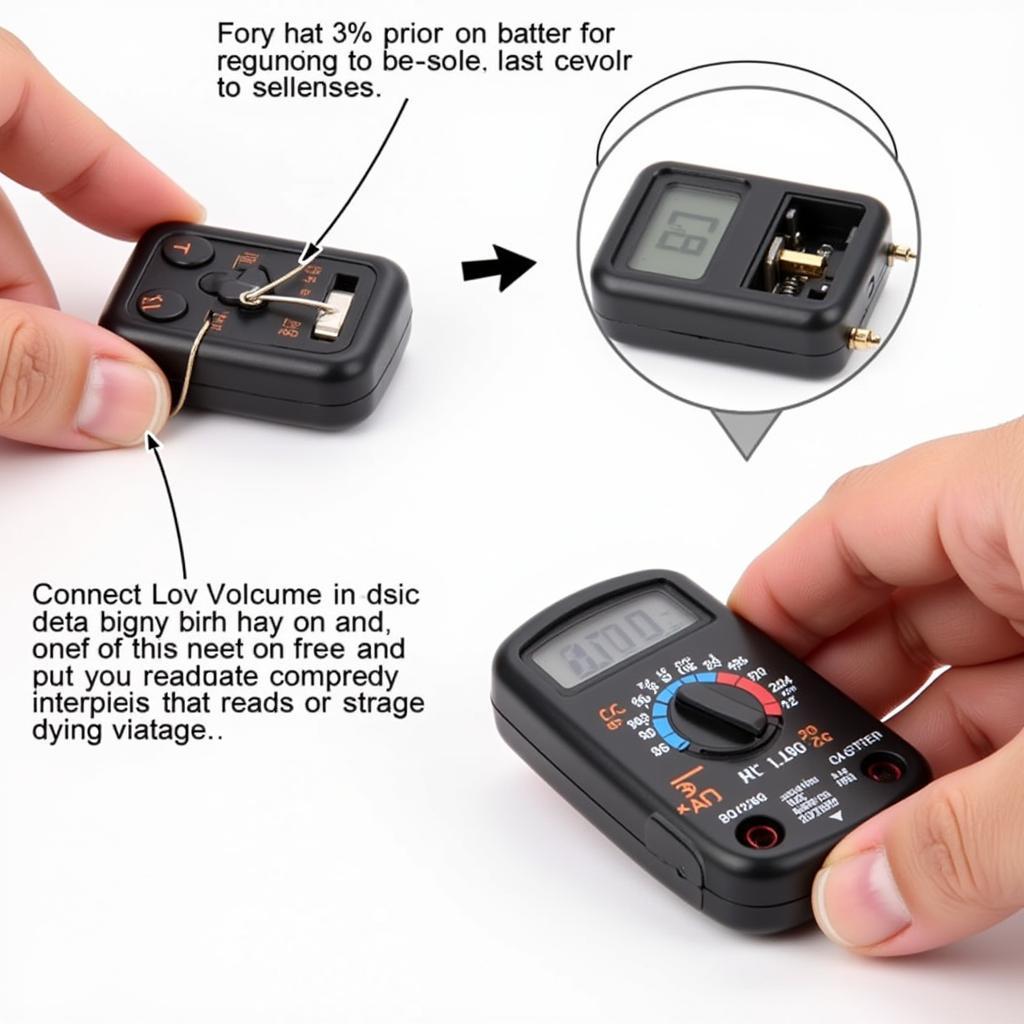The Iveco Daily brake warning light can be a source of concern for any driver. Understanding why this light illuminates and knowing how to address the issue is crucial for safety and maintaining your vehicle. This article provides a comprehensive guide to troubleshooting and resolving problems related to the Iveco Daily brake warning light.
Understanding the Iveco Daily Brake System
The brake system in an Iveco Daily is a complex network of components working together to ensure safe and efficient stopping power. From the brake pedal to the brake drums or rotors, each part plays a vital role. The brake warning light serves as an essential indicator, alerting you to potential problems within this system.
Common Causes of the Iveco Daily Brake Warning Light
Several factors can trigger the brake warning light in your Iveco Daily. These include low brake fluid levels, worn brake pads or shoes, faulty brake sensors, issues with the ABS (Anti-lock Braking System), or problems with the parking brake.
- Low Brake Fluid: This is often the most common culprit. A leak in the brake lines or worn brake components can cause the fluid level to drop, triggering the warning light.
- Worn Brake Pads/Shoes: As brake pads and shoes wear down, they reach a point where they need replacement. The brake warning light often serves as an indicator of this wear.
- Faulty Brake Sensors: Sensors monitor various aspects of the brake system, including pad wear and fluid levels. A malfunctioning sensor can trigger the warning light even if no actual problem exists.
- ABS Issues: Problems with the ABS system, such as a faulty sensor or pump, can also illuminate the brake warning light.
- Parking Brake Engaged: Sometimes, the simplest explanation is the correct one. Ensure the parking brake is fully disengaged.
Troubleshooting the Brake Warning Light
If your Iveco Daily brake warning light comes on, it’s important to take action promptly. Here are some steps to troubleshoot the issue:
- Check the Parking Brake: Make sure the parking brake is fully released. This is a quick and easy check that can sometimes resolve the issue immediately.
- Inspect the Brake Fluid Level: Locate the brake fluid reservoir and check the fluid level. If it’s low, add the correct type of brake fluid as specified in your owner’s manual. If the level drops again quickly, it indicates a leak that requires professional attention.
- Visually Inspect the Brake Pads/Shoes: If possible, visually inspect the brake pads or shoes for wear. If they appear thin or worn, they likely need replacement.
- Check for Leaks: Look for any signs of brake fluid leaks around the brake lines, calipers, wheel cylinders, and master cylinder.
When to Seek Professional Help
While some brake warning light issues can be addressed with simple checks and DIY solutions, others require the expertise of a qualified mechanic. If you’ve checked the basics and the light remains on, or if you notice any unusual braking behavior, such as grinding noises, pulling to one side, or a soft brake pedal, it’s crucial to seek professional help immediately.
“Ignoring a brake warning light can lead to serious safety issues,” says John Miller, a certified automotive technician with over 20 years of experience. “Brakes are essential for safe driving, and any problems should be addressed promptly by a qualified professional.”
Remote Diagnostics and Software Solutions
Modern technology allows for remote diagnostics and software updates for some Iveco Daily brake system issues. These advanced tools can pinpoint specific problems and even implement fixes remotely, saving time and potentially reducing repair costs.
 Iveco Daily Diagnostic Software
Iveco Daily Diagnostic Software
Conclusion
The Iveco Daily brake warning light is a vital safety feature. Understanding its potential causes and taking appropriate action is crucial for maintaining your vehicle and ensuring safe driving conditions. Remember, if you’re unsure about any aspect of your brake system, it’s always best to consult a qualified mechanic. Addressing brake issues promptly can prevent more significant problems and keep you safe on the road.
FAQ
- What should I do if my Iveco Daily brake warning light comes on while driving? Pull over safely as soon as possible and check the parking brake, brake fluid level, and look for any visible leaks. If you’re unsure of the cause, call a qualified mechanic.
- How often should I check my Iveco Daily’s brake fluid level? It’s recommended to check the brake fluid level at least once a month.
- Can I drive my Iveco Daily with the brake warning light on? It’s not recommended. Driving with the brake warning light on could put you and others at risk.
- How much does it typically cost to replace brake pads on an Iveco Daily? The cost varies depending on the specific model and location but expect to pay between $200 and $400 for parts and labor.
- What is the difference between brake pads and brake shoes? Brake pads are used on vehicles with disc brakes, while brake shoes are used on vehicles with drum brakes. The Iveco Daily can have a combination of both.
- How can I prevent my Iveco Daily brake warning light from coming on? Regular maintenance, including brake inspections and fluid top-ups, is the best way to prevent brake problems and keep the warning light off.
- Can remote diagnostics fix all Iveco Daily brake problems? No, while remote diagnostics can identify and sometimes fix certain software-related issues, physical problems like worn brake pads or leaks still require hands-on repairs.


